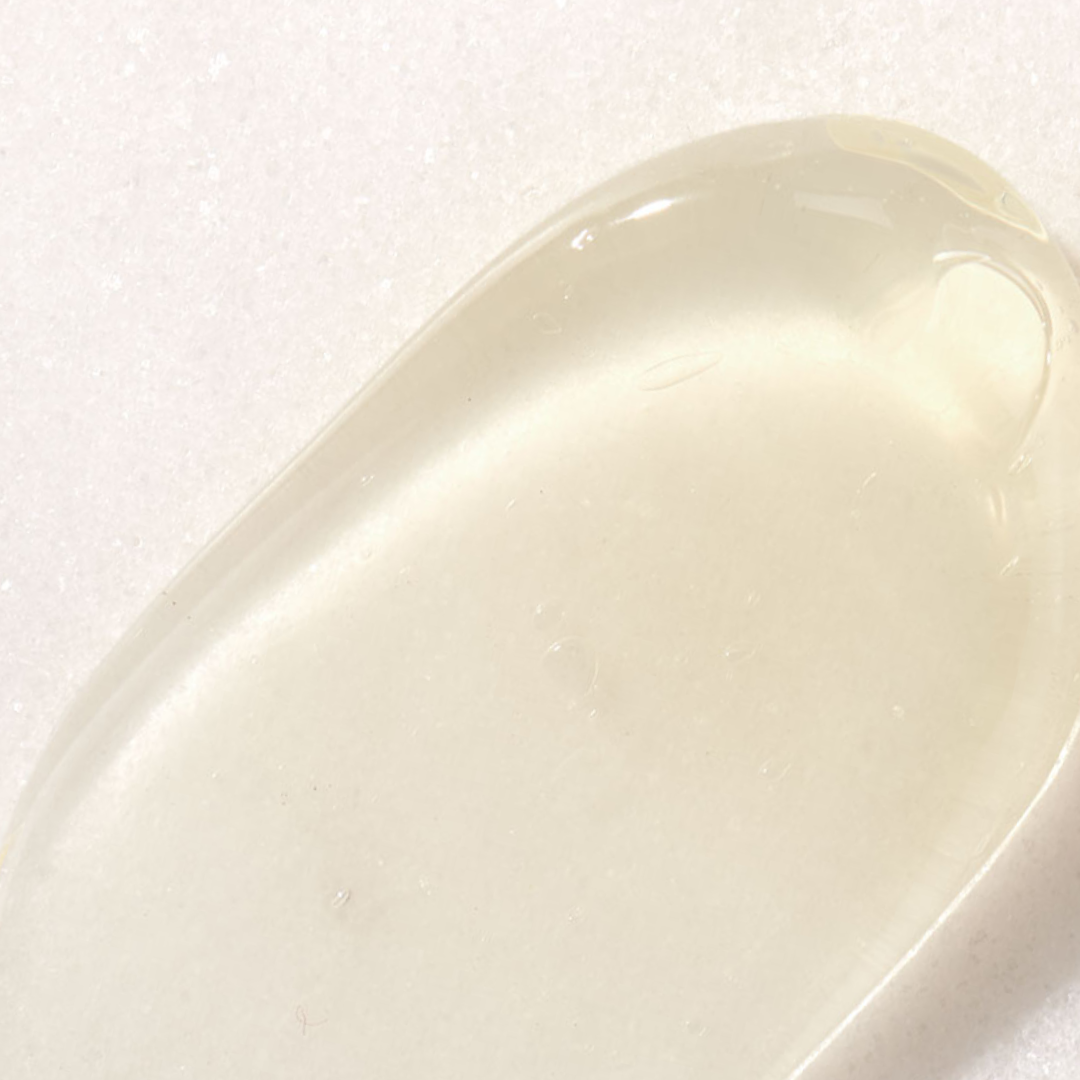When it comes to exfoliation, there are so many options that it's often hard to know where to begin. While the #skintok community has made it abundantly clear that you should avoid certain physical scrubs, other advice can seem confusing or even contradictory, as the methods and philosophies surrounding exfoliants can be extremely varied and nuanced. In attempt to cut through some of the noise, I thought it would be helpful to give you some background on the starring ingredient in my first-ever exfoliating product. Without further ado, I am excited to introduce (drum roll please)… mandelic acid!
What is it?
Mandelic acid is a lipophilic alpha hydroxy acid (AHA) that is derived from bitter almonds.
Alpha hydroxy acids, including mandelic’s siblings glycolic, lactic, malic, citric and tartaric acids, have been shown to have a plethora of benefits for the skin that make them, along with retinoids, some of the most sought-after active ingredients in skincare.
Benefits of AHA’s
They speed up the rate at which the skin creates fresh, new cells to replace old ones, a process that slows as we age. This increase in cellular turnover can help to improve the skin’s appearance in the following ways:
- It evens and improves skin’s texture by removing the dead skin cells from the skin’s surface. This removal also aids product absorption of serums and moisturizers, making them more effective.
- It helps to reduce the appearance of fine lines by boosting collagen production.
- It can help reduce hyperpigmentation due to acne and sun exposure.
Disclaimer: AHAs can increase the skin’s sensitivity to light, so diligent sunscreen application is extra important when including these acids in your skincare routine.
What differentiates mandelic acid from its AHA relatives?
I – It’s less likely to cause irritation than other AHAs and BHAs (beta hydroxy acids).
- Mandelic acid has a larger particle size than other AHA’s, including both glycolic and lactic acids. In fact, it is 2x larger than glycolic acid. Its larger particle size means that it penetrates the epidermis more slowly and uniformly, thus, causing less irritation. This also means that it can be a safer choice for darker skin tones, as it poses less risk of hyperpigmentation and scarring than AHAs whose smaller particle size can make them more aggressive.
II – It is notable for its antibacterial properties.
- In addition to its exfoliating abilities, mandelic acid’s antibacterial properties make it extremely effective in addressing concerns stemming from excess oil production, like acne.
Who should use it?
Essentially, mandelic acid is perfect for most anyone wanting to address uneven skin texture, dullness, and/or the effects of aging, especially when combined with a desire to reduce excess oil production and breakouts. Due to it large particle size, mandelic acid is an ideal exfoliating option for those with sensitive skin—unlike with stronger AHAs like glycolic acid, one is much less likely to overdo it and experience adverse effects.
Pro-tip: Using mandelic acid in a rinse-off product, like our Mandelic Exfoliating Mask, as opposed to a leave-on toner or serum, can further reduce the likelihood of sensitizing the skin while still providing benefits.
- While using a leave-on product can potentially be more effective, it cannot be tolerated by all skin types, especially when used in combination with other active ingredients, like retinol.
If you would like to read more content like this, delivered directly to your inbox, sign up for our email newsletter by clicking here.
- New email subscribers receive will receive 15% off their next order on www.jordansamuelskin.com!





